Wildlife Encounters While Hiking in National Parks
Chosen theme: Wildlife Encounters While Hiking in National Parks. Step onto the trail with curiosity, caution, and wonder as we celebrate those pulse-quickening moments when a shape moves between trees, a bird calls from a canyon, or a herd quietly grazes beyond the meadow’s mist. Subscribe, share your sightings, and help build a community that protects what it loves.
Moments at Dawn: When Trails Come Alive
Watch for fresh tracks etched into damp soil and the delicate signatures of hooves or paws crossing soft trail edges. Move slowly, pause often, and let the morning reveal animals going about their routines without disturbance.
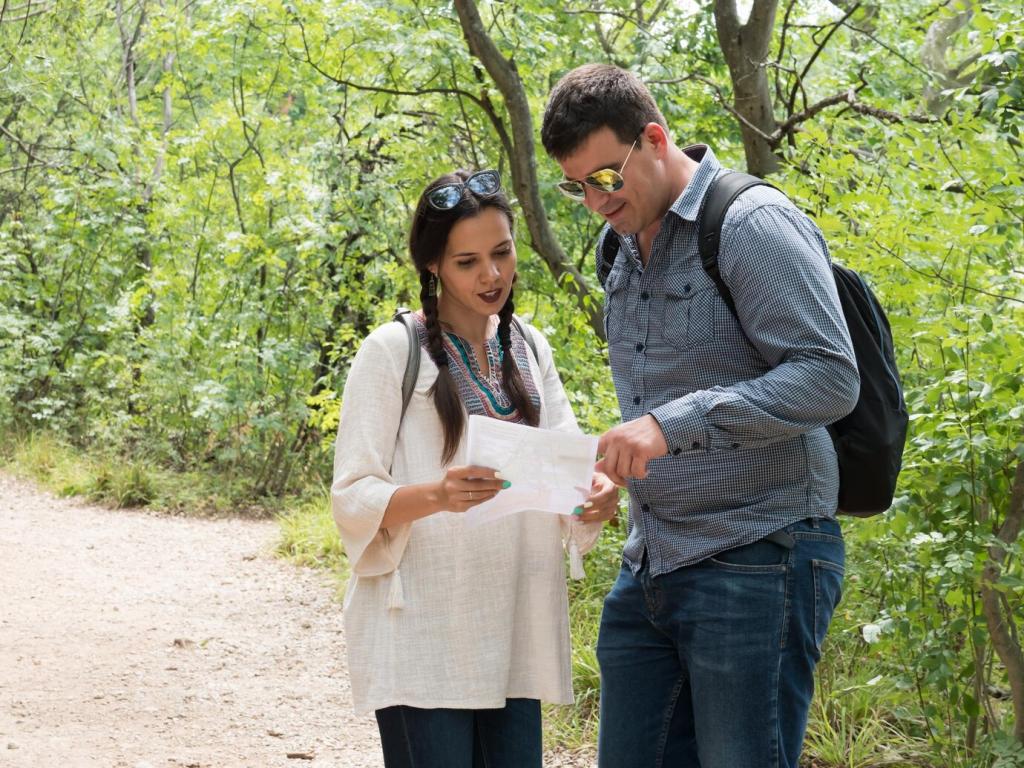
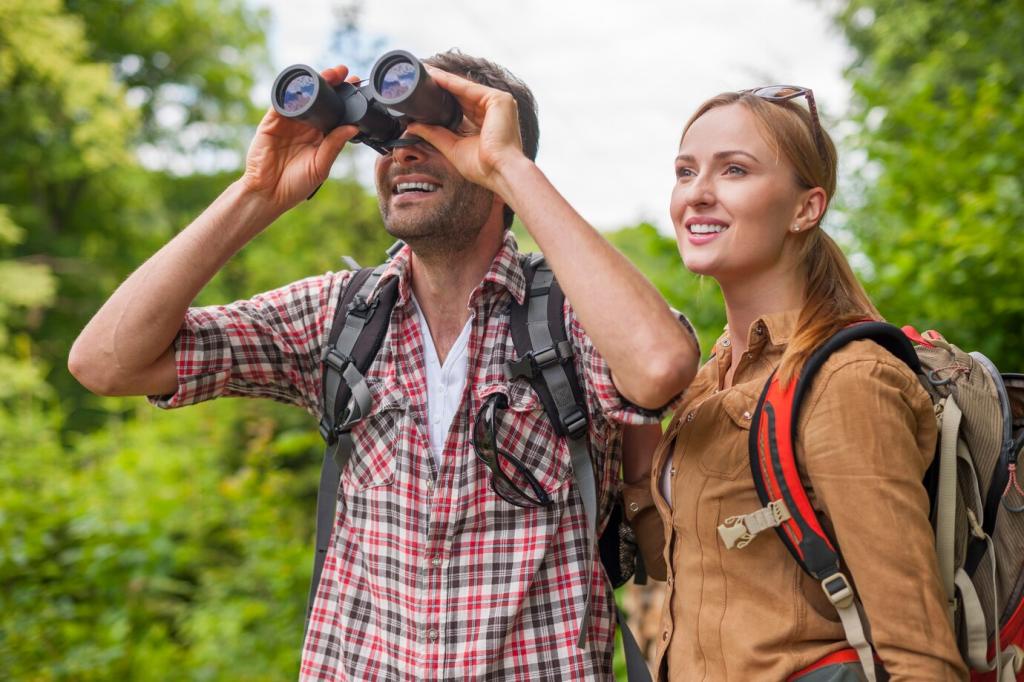
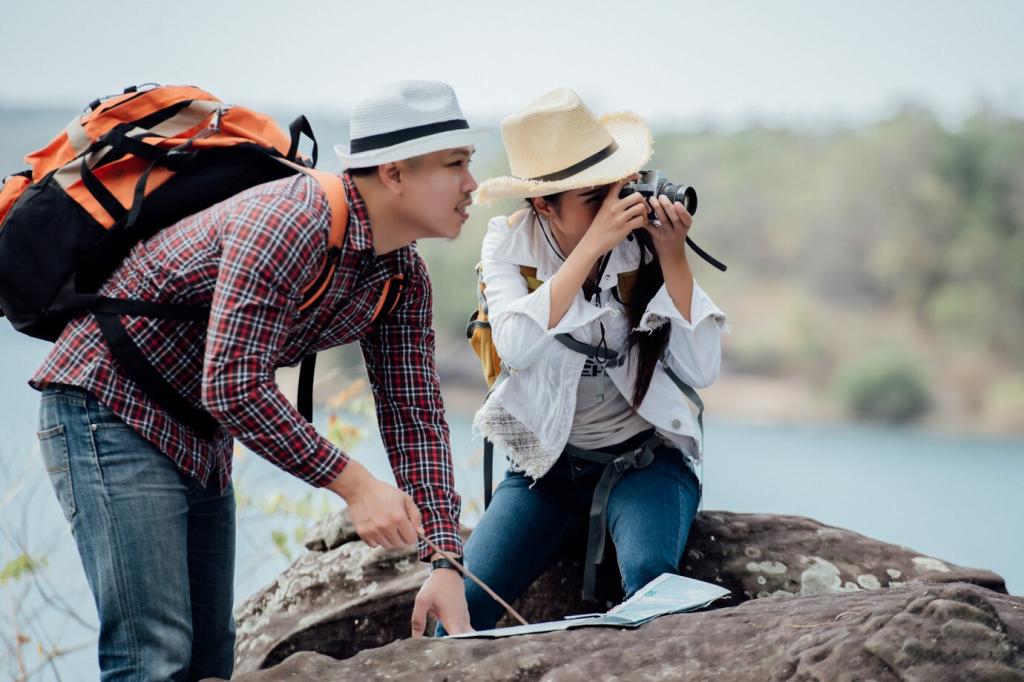
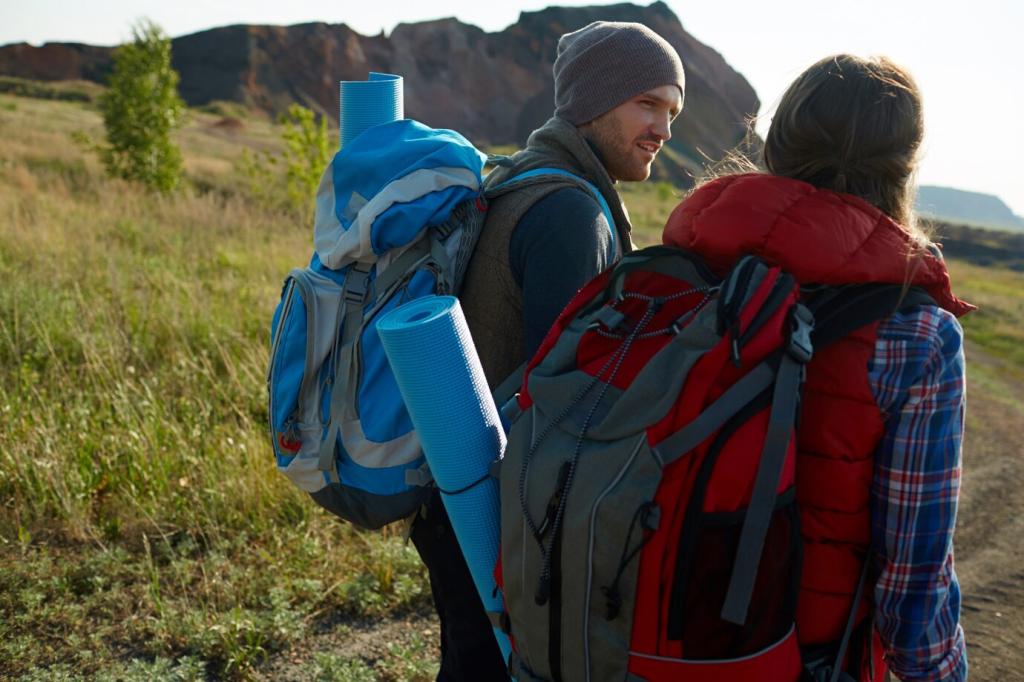
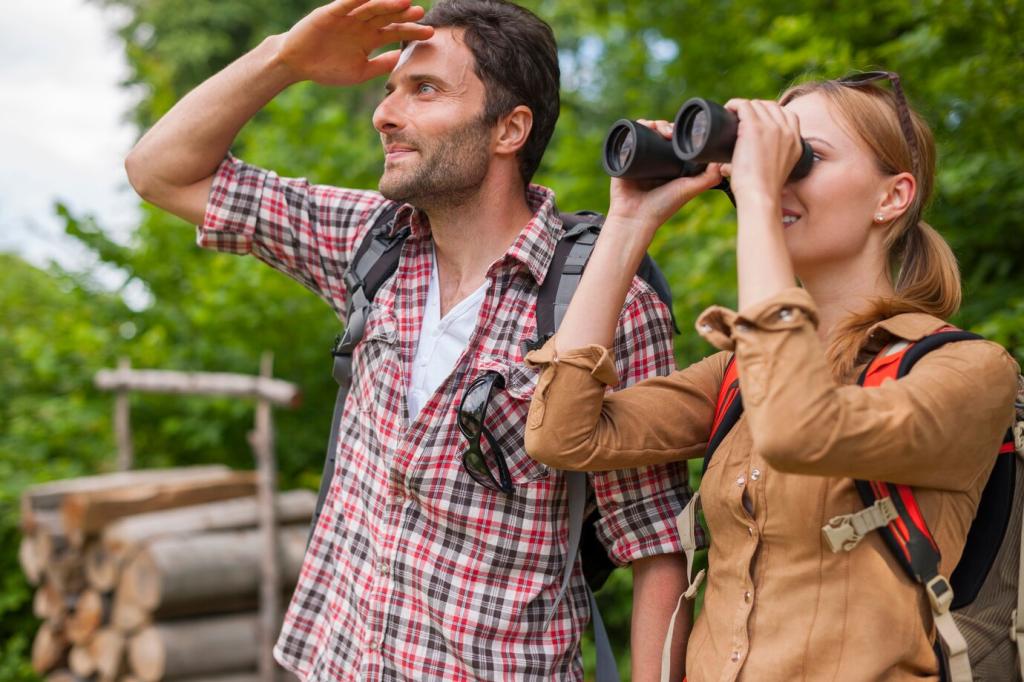
The Quiet Curve
I rounded a shaded switchback at first light and noticed a red fox pausing mid-step, its tail a lit fuse of sunrise. We both froze, sharing a breath of stillness, and then it trotted off, unhurried and unafraid.
Lesson in Patience
Because I stopped early to sip water and listen, the encounter happened on the fox’s terms. No chase, no noise—just presence. Patience turns trails into classrooms and transforms wildlife encounters into moments of mutual respect.
Add Your Trail Tale
Have you met a curious pika, a slow-moving tortoise, or a soaring condor? Share your respectful story below, and subscribe to read featured reader encounters and safety insights every week.
Binoculars and Lenses
Carry compact binoculars and a telephoto lens of at least 300mm for ethical photography. Stabilize with trekking poles or a lightweight monopod, and let magnification replace the impulse to step closer.
Bear-Safe Essentials
In grizzly country, pack bear spray where legal and know how to use it. Store scented items properly, travel in groups, and talk calmly on blind corners so wildlife hears you long before you appear.
Quiet Feet and Soft Lights
Choose non-squeaky packs, soft-soled boots, and a red-light headlamp for low disturbance during early starts. Subtle gear choices reduce stress for animals and improve your own chance of peaceful observation.
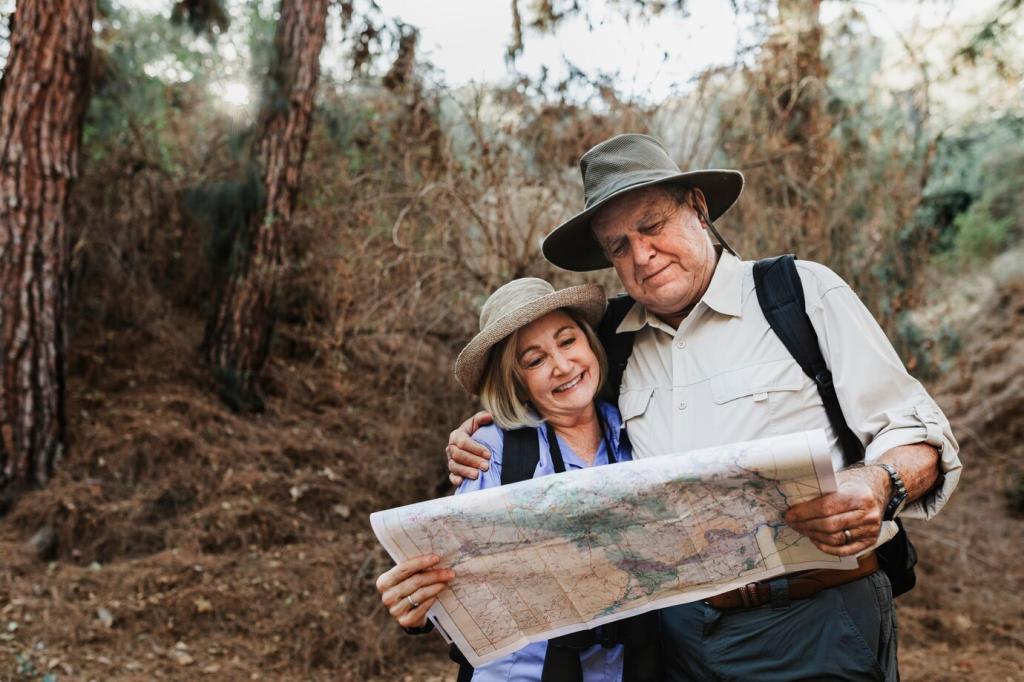
Prioritize long lenses, stable footing, and patience. Resist shortcuts like calling, baiting, or flushing animals for movement. Authentic behavior beats staged shots every single time.
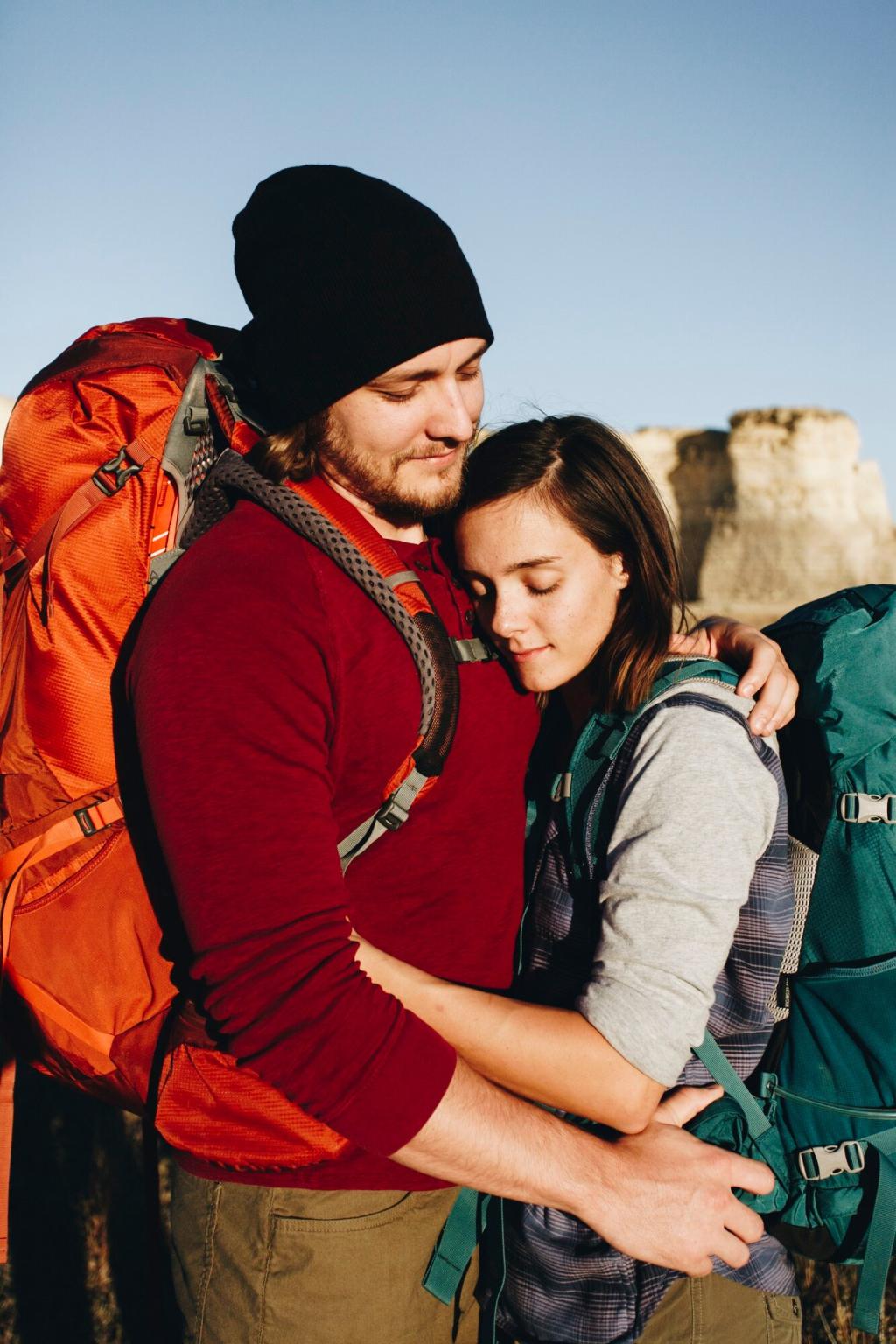
Track-and-Trace Journals
Give each hiker a small notebook to sketch tracks, note habitats, and record behaviors from a distance. This playful science builds attention while keeping feet and hands where they belong—on the trail.
Junior Ranger Moments
Visit visitor centers for Junior Ranger booklets and ranger talks. Kids love badges, and the lessons—like wildlife distance rules—turn into lifelong guardianship long after the trip ends.
Build a Respect Pledge
Before stepping off, read a family pledge: we watch quietly, we never feed, we give space, and we leave no trace. Share your family pledge in the comments and inspire another crew to adopt it.
Citizen Science on the Trail
iNaturalist Without Disturbance
Photograph from a distance, note habitat details, and upload later if connectivity is poor. Turn off location accuracy for sensitive species when needed to protect them from undue attention.
Birdsong to eBird
Record song IDs with care: stand still, avoid playback, and give nesting birds extra space. Your dawn checklist can reveal surprising patterns while keeping birds calm and undisturbed.
Community Mentors and Data Ethics
Join local park volunteers or online groups to learn best practices for sensitive sightings. Subscribe to our newsletter for seasonal projects and share safe observation tips with fellow hikers.
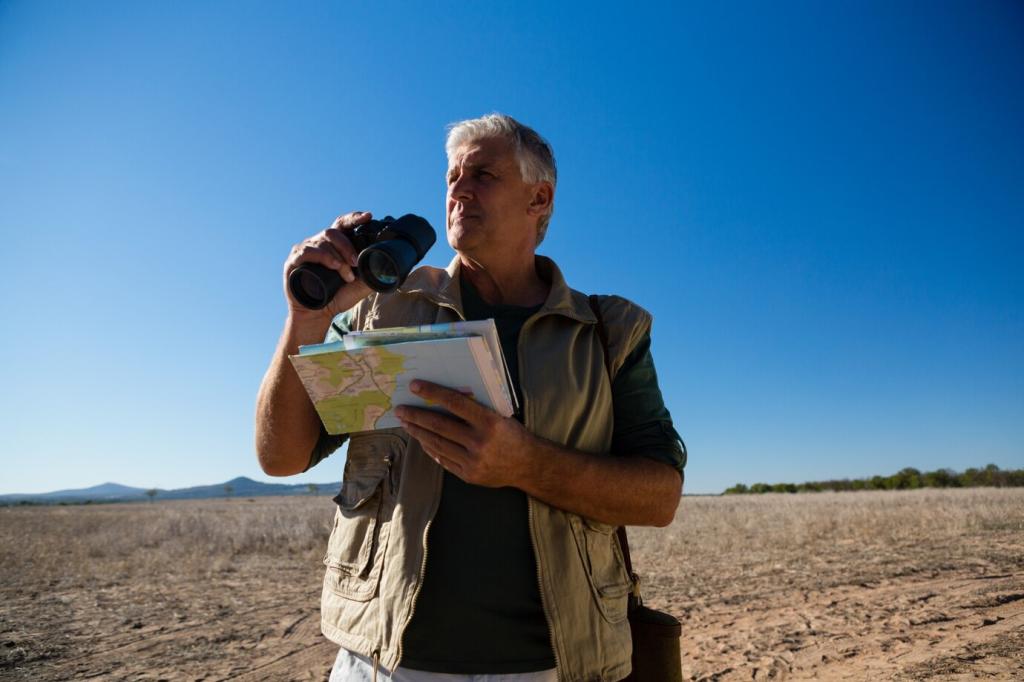
Spring: Birth and Blossoms
Expect newborns and protective parents. Give wide berths to dens, nesting areas, and nursery meadows. Enjoy long views with binoculars and let spring belong to the families building tomorrow’s ecosystem.
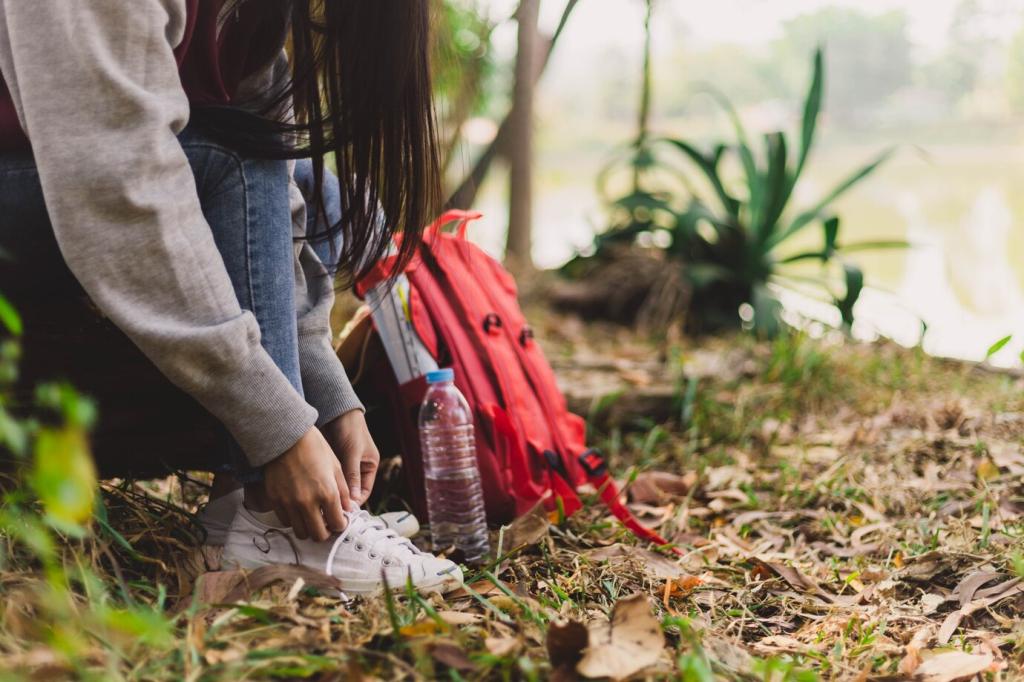
Autumn: Rut and Respect
Elk and other ungulates may become unpredictable during the rut. Keep generous distances, avoid blocking escape paths, and use long lenses to witness displays without stress or risk.
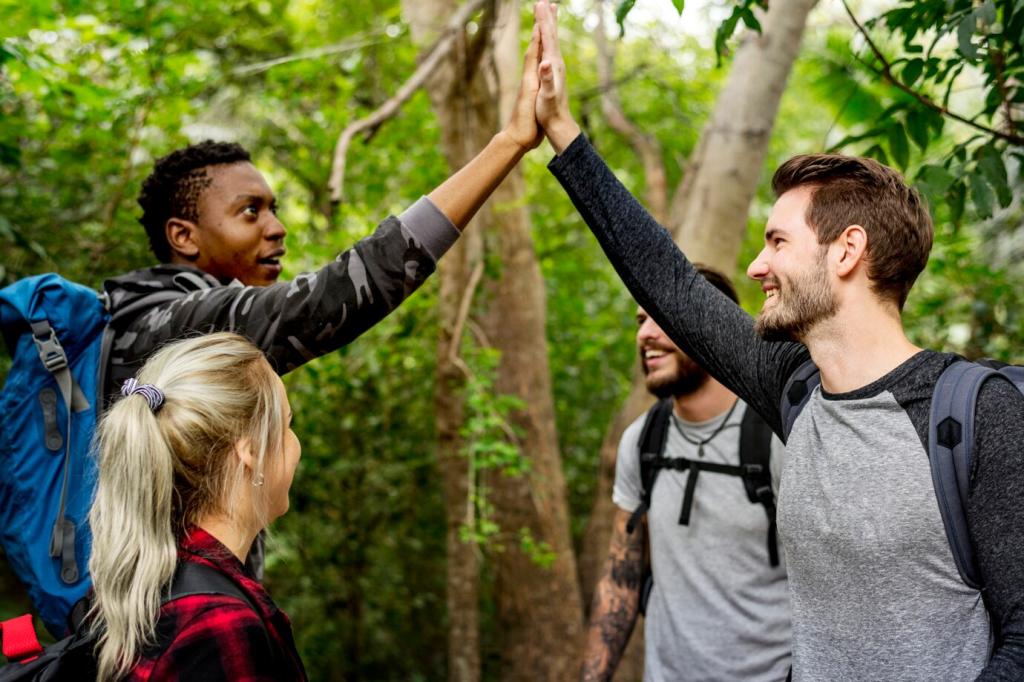
Winter: Traces in Snow
Snow tells stories—tracks threading forests, wing prints near creek edges, and scat revealing diets. Follow signs with curiosity, not footsteps, and share your careful observations with our community.
Join our mailing list
